China has displayed its full range of nuclear weapons that can be launched from land, sea and air for the first time. The display featured the advanced DF-5C ballistic missile capable of reaching global targets, an air-launched missile and the country’s latest long-range submarine-launched ballistic weapon, the JL-3.
DF-61 missile
Western defense experts will be closely watching the launch of the DF-61 intercontinental ballistic missile in the coming months. The newly developed weapon is road-mobile, which, like other aFudvanced Chinese systems, allows for rapid relocation and concealment. Such flexibility makes it harder to target than older silo-based nuclear weapons located deep in Chinese territory.
Underwater drones
Large torpedo-shaped undersea drones have surprised many analysts with their appearance. If China can mass-produce them at low cost and ensure they operate effectively, these drones could complicate strategies for rival navies. However, uncertainty remains about what methods China will use to deploy them in actual operations.
Lasers and anti-drone technology
China is pushing its laser-based systems to counter hostile drones. The parade featured a wide range of anti-drone gear, including missile guns, high-energy laser weapons, and high-power microwave systems. Some analysts suggest that lasers could one day be used to shoot down missiles or even satellites, although the technology still needs development. Microwaves, while simple, pose challenges because they can affect China’s own troops and hardware.
State media described the systems on display as the People’s Liberation Army’s “triangle” of anti-drone defenses.
Methodology
Analysts counted the equipment by reviewing full CCTV coverage of the parade. They noted the order of the vehicles and matched the models with previous Reuters images, military references and expert input. The chart only includes military hardware, excluding personnel, civilian cars, jeeps and motorbikes. Limited visibility may have led to some vehicles being miscounted.
Xi Jinping Holds Major Military Parade in Beijing
Chinese President Xi Jinping led one of China’s largest military parades in Tiananmen Square on Wednesday to mark the 80th anniversary of the surrender of Imperial Japan in World War II.Heather Williams, director of the Project on Nuclear Issues at the Center for Strategic and International Studies and a senior fellow for defense and security, explained during a panel on Thursday:
“This is not NATO. This is not about a deep collective security agreement. It looks more like a temporary alliance built on convenience. Still, the sight of these countries standing together – against China’s vast arsenal – sends a sharp message to Washington and the global community. It signals that the US military and a US-led system are not the only options. China is building an alternative system – and it is leading it.”
Cyber Threats and Strategic Concerns
Representative Don Bacon, chairman of the House Armed Services Subcommittee on Cyber, Information Technology, and Innovation, emphasized China’s cyber dominance:
“China is the single greatest cyber threat to us today. They operate a cyber command that is about ten times larger than ours. In my last year and a half in Congress, I have been pushing for a strong U.S. Cyber Command. We must expand our capabilities to remain competitive.”
Doubts over military readiness
Experts questioned whether every system on display was actually operational. Tom Karako, director of the Missile Defense Project at CSIS, expressed skepticism:
“The question is — how true is this capability? Are these weapons deployed at high readiness, or is this the stage for a Potemkin parade?”
He described the spectacle as “the three Ps”: politics, propaganda, and pageantry.”
Analysts agreed that Xi’s program was an attempt to demonstrate strength, deter US intervention, and demonstrate China’s territorial ambitions – perhaps hinting at future conflict in Taiwan or elsewhere.
Bacon added, “I don’t think China is disappointed with our arsenal. But Russia’s conflicts in Ukraine clearly unsettle them. That’s why we should provide weapons to Taiwan to strengthen its defenses. Right now, our defense spending is lower than it needs to be.”
China’s Growing Military Influence
China’s rapid economic growth and technological advancements have transformed its state-owned companies into significant military players. Reports suggest that China now has much more sophisticated weapons. For example, in June 2025, a J-20 fighter jet crossed the Tsushima Strait, operating within radar coverage of the U.S., Japan, and South Korea.
In response, Washington deployed two carrier groups, each led by an aircraft carrier and supported by powerful escorts. These groups had a clear edge over the Chinese fleet, with superior firepower and sophisticated systems. At the time, Beijing was still relying on Soviet-era platforms, a weakness exposed when its navy failed to detect a U.S. submarine in the Taiwan Strait.
The Changing Global Arms Landscape
New Buyers and Regional Implications
The wars in Ukraine, South Asia, and the Middle East have exposed flaws in older European and Russian systems, opening the door for Chinese arms exports. Countries outside Donald Trump’s circle of allies, such as Iran, are likely to show interest. If Iran acquires Chinese equipment, it would strengthen its ability to directly challenge Israel.
These advances have boosted Beijing’s confidence while undermining the strategic stability of the US and its partners in Asia. The J-20 first highlighted the fragility of the arc of key islands in East Asia – island chains. Now, the new J-36 could redefine air combat. Equipped with AI and connected to drone swarms, it acts like a flying server, creating an integrated combat web similar to Pakistan’s system but with much greater sophistication.
Modernizing China’s Military Platforms
While most weapons and platforms were not entirely new inventions, nearly every land, air, and sea system reflects the latest design, appearing more modern than most equipment used by Western militaries. However, newer is not always better. Western equipment has seen real-world testing in Iraq, Ukraine, and other regions, but China’s latest systems have not undergone such tests.
Emerging Weapons and Advanced Systems
China’s new weapons and platforms highlighted its growing military research and development strength. The People’s Liberation Army (PLA) unveiled large uncrewed underwater vehicles, rotary-wing drones, the HQ-16C missile, and tactical systems such as the DF-61 and DF-31BJ missiles, which incorporate advanced laser defense technology. The PLA also revealed the Type-100 Infantry Fighting Vehicle equipped with deck-mounted drones, demonstrating lessons learned from Ukraine and Russia’s drone warfare tactics over the past three years.
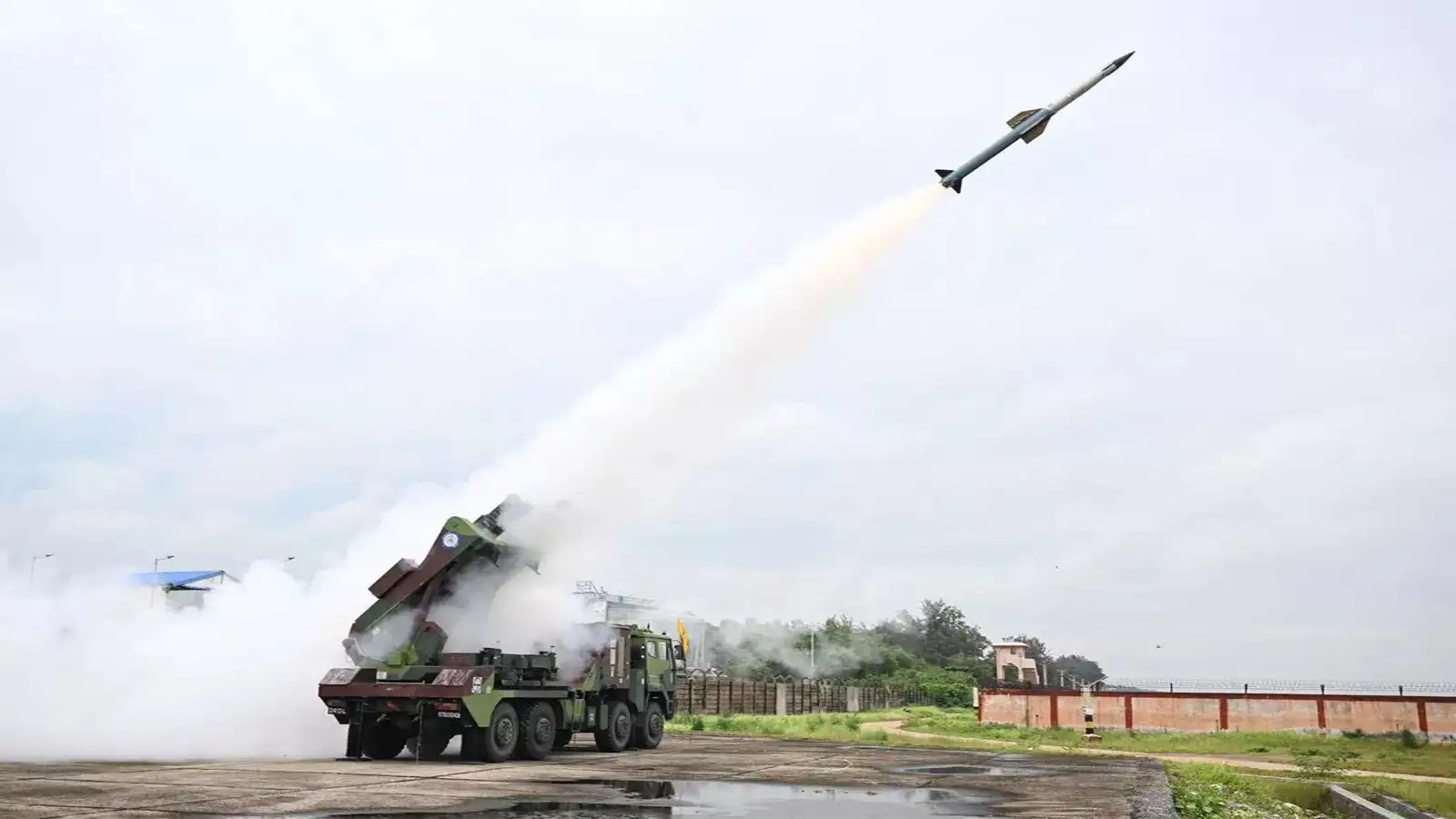
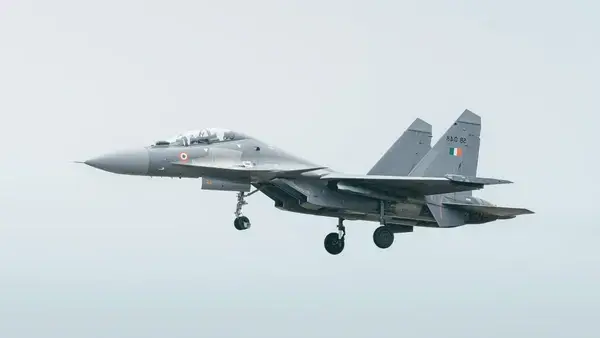
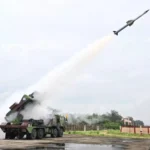
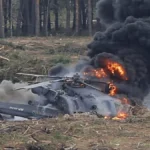
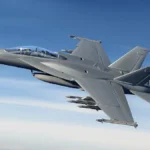



Leave a Reply